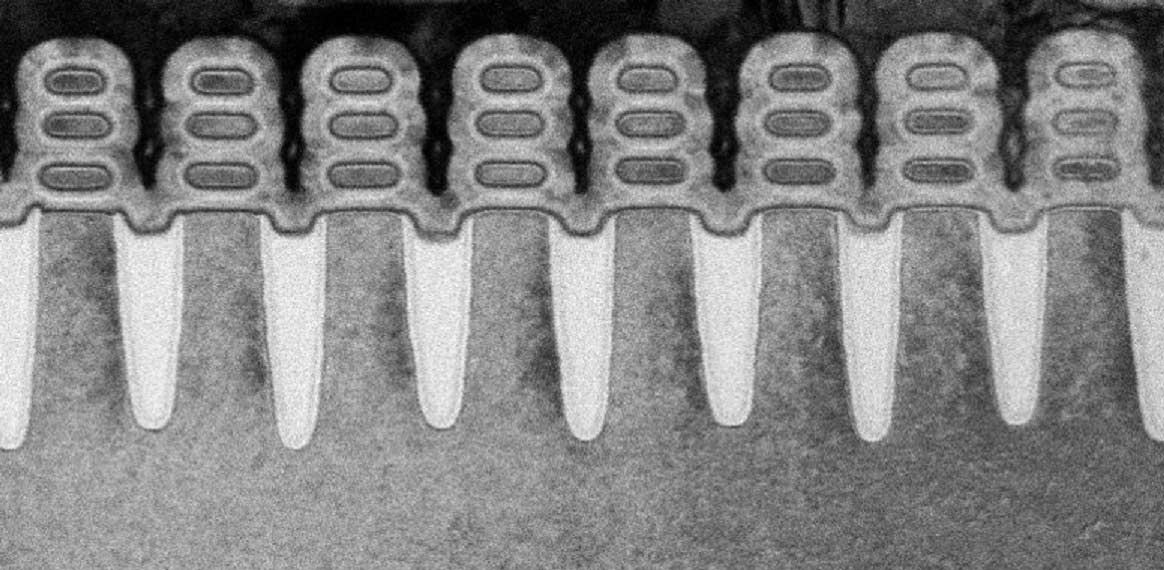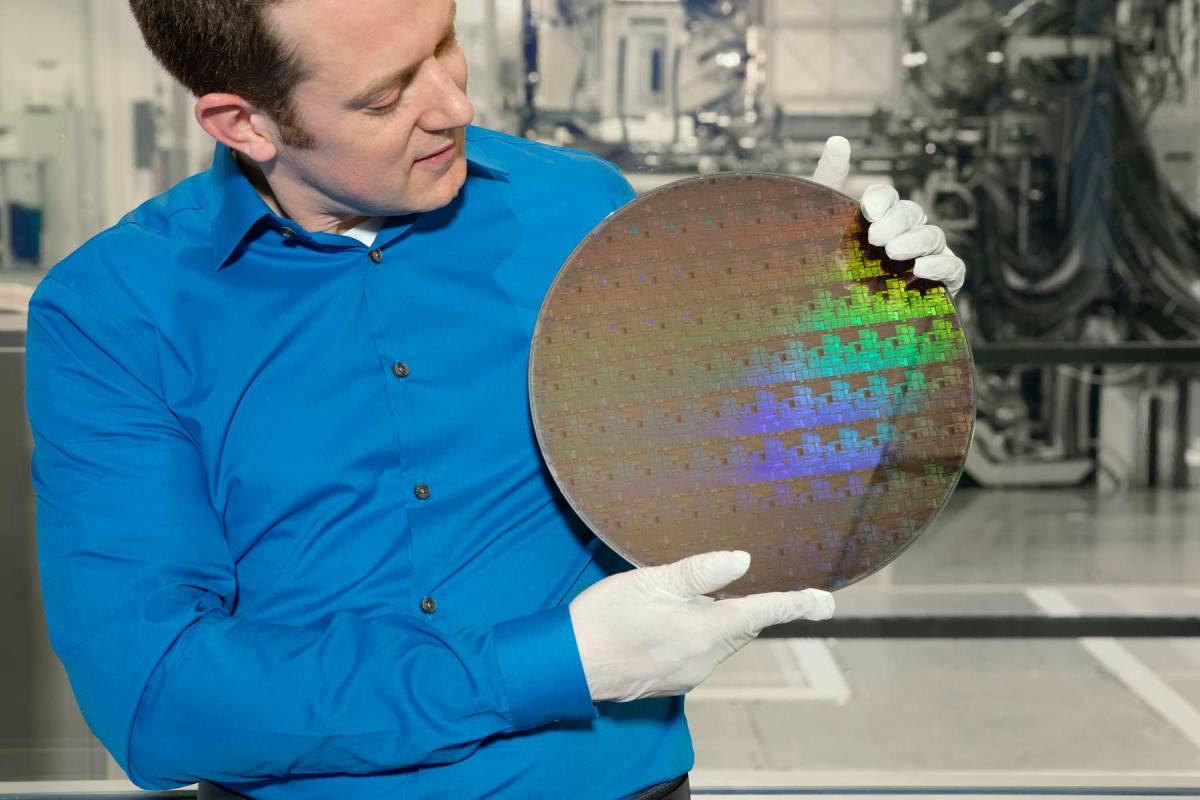Despite expert predictions, microchips might continue to get smaller.
A breakthrough in producing thinner transistors has allowed IBM, GlobalFoundries, and Samsung to make a fingernail-sized chip containing 30 billion switches—that’s 10 billion more than the industry was able to cram in that small an area just a few years ago.
The unprecedented size gives new life to Moore’s Law, a 1965 theory from Intel co-founder Gordon Moore predicting microchips would double their density every two years. Tech experts had previously predicted manufacturing capabilities wouldn’t be able to sustain the theory by 2020 or 2022, but that now appears wrong.

IBM was able to achieve the technological feat by ditching its old design process used to make seven-nanometer chips, which used to be the densest. Forbes reports most technology uses ten-nanometer chips.
The new five nm chips were made using layers of silicon nanosheets. With this technology, IBM says devices will be 40 percent faster and use 75 percent less power than current ones. The breakthrough is especially important for artificial intelligence and virtual reality, which need a lot of computing power.
This article was featured in the InsideHook newsletter. Sign up now.
























